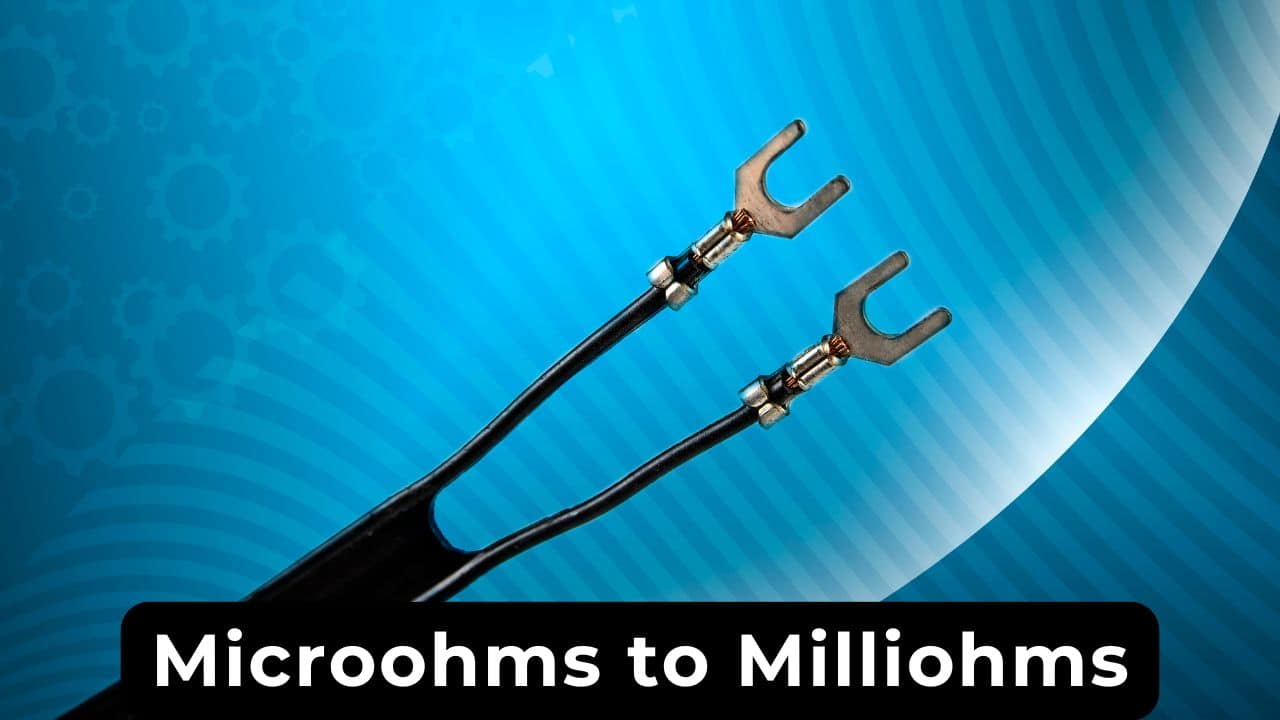Microohm to Milliohm Converter
Convert microohms to milliohms.

Microohm (µΩ) to Milliohm (mΩ) Conversion
👋 Welcome to the µΩ to mΩ Conversion tool! This calculator helps you convert resistance from microohms to milliohms. 🚀
Conversion Formula 🔄
The relationship between microohms and milliohms can be expressed as:
mΩ = µΩ / 1,000Where:
- mΩ = Milliohms
- µΩ = Microohms
Example Calculation
If you have a resistance of 5000 µΩ, the calculation would be:
mΩ = 5000 µΩ / 1,000 = 5 mΩUnderstanding µΩ and mΩ 🧠
What is a Microohm (µΩ)?
A microohm (µΩ) is a unit of electrical resistance equal to one-millionth of an ohm (0.000001 Ω). It is often used in applications requiring very low resistance measurements.
What is a Milliohm (mΩ)?
A milliohm (mΩ) is a unit of electrical resistance equal to one-thousandth of an ohm (0.001 Ω). It is commonly used in precision measurements.
Why Convert µΩ to mΩ?
Converting microohms to milliohms is useful for understanding the resistance values of components, especially in high-precision applications and circuit design.
Microohm (µΩ) to Milliohm (mΩ) Conversion Table
👋 Welcome to the µΩ to mΩ Conversion tool! This calculator helps you convert resistance from microohms to milliohms. 🚀
Conversion Formula 🔄
The relationship between microohms and milliohms can be expressed as:
mΩ = µΩ / 1,000Where:
- mΩ = Milliohms
- µΩ = Microohms
Example Calculation
If you have a resistance of 5000 µΩ, the calculation would be:
mΩ = 5000 µΩ / 1,000 = 5 mΩUnderstanding µΩ and mΩ 🧠
What is a Microohm (µΩ)?
A microohm (µΩ) is a unit of electrical resistance equal to one-millionth of an ohm (0.000001 Ω). It is often used in applications requiring very low resistance measurements.
What is a Milliohm (mΩ)?
A milliohm (mΩ) is a unit of electrical resistance equal to one-thousandth of an ohm (0.001 Ω). It is commonly used in precision measurements.
Why Convert µΩ to mΩ?
Converting microohms to milliohms is useful for understanding the resistance values of components, especially in high-precision applications and circuit design.
